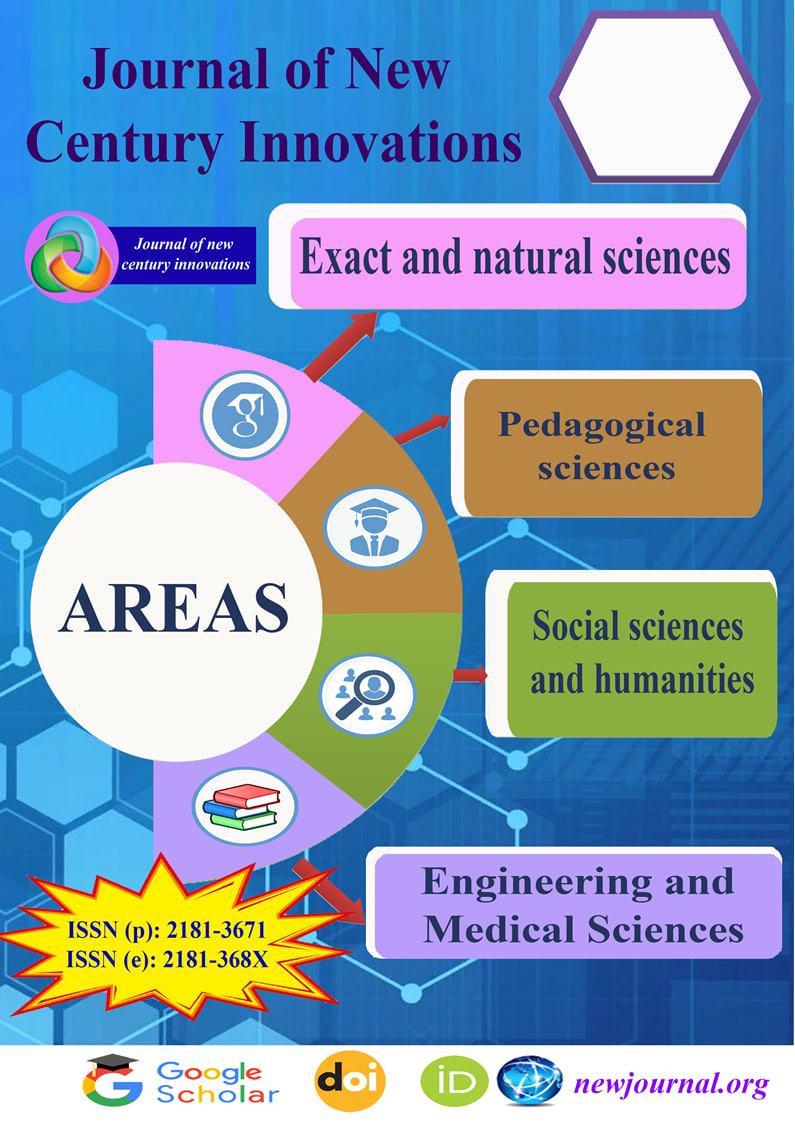THE ROLE OF DIRECT METHOD IN TEACHING ENGLISH
Keywords:
Key words: pronounciation, direct method, conversation, creativity, speech reflex, critical thinking, ideas.Abstract
Abstract: This Article provides valuable insights on how to effectively and efficiently learn a new language through a targeted approach, enabling individuals to speak more fluently and confidently like a native speaker in a shorter period of time. By utilizing a specific method that emphasizes pronunciation, direct interaction, engaging in conversations, fostering creativity, stimulating speech reflex, promoting critical thinking, and exchanging ideas, both teachers and students can enhance their language skills across all four aspects - listening, speaking, reading, and writing. This method not only facilitates language acquisition but also accelerates the process of becoming proficient in speaking like a native speaker in the target language. The text provides insights on learning a new language effectively through a targeted approach, focusing on pronunciation, direct interaction, conversations, creativity, speech reflex, critical thinking, and idea exchange. This method benefits both teachers and students in improving language skills in listening, speaking, reading, and writing, leading to proficiency in speaking like a native speaker in a shorter time frame.
References
Krause, C. A. (1916), The Direct Method in Modern Languages, New York.
Societe Internationale des Ecoles Inlingua (1973), Inlingua English First Book, Berne Switzerland.
Abduramanova, D. V. (2021). METHODS OF TEACHING ENGLISH AS A FOREIGN LANGUAGE. ACADEMIC RESEARCH IN EDUCATIONAL SCIENCES, 2(8), 260-263.
Abduramanova, D., Aliyev, D., & Rasulmetova, S. (2021). STUDENT AUTONOMY AS A PRINCIPLE OF ORGANIZATION OF LEARNING FOREIGN LANGUAGES. ACADEMIC RESEARCH IN EDUCATIONAL SCIENCES, 2(5), 1588-1593
Jalolov J. Chet tili o‗qitish metodikasi. – Toshkent., 2012: – 48-bet.

